Government Initiatives and Funding
Government initiatives aimed at improving healthcare access and funding for rare diseases are crucial drivers for the sturge weber-syndrome market. In Italy, the government has implemented various programs to support research and treatment for rare conditions, including Sturge Weber Syndrome. These initiatives often include financial support, which can enhance the availability of specialized treatments and therapies. For instance, the Italian Ministry of Health has allocated approximately €50 million annually for rare disease research, which could significantly impact the sturge weber-syndrome market. Such funding not only aids in the development of new treatment options but also raises awareness among healthcare providers, potentially leading to earlier diagnosis and intervention.
Rising Incidence of Sturge Weber Syndrome
The increasing incidence of Sturge Weber Syndrome in Italy is a notable driver for the sturge weber-syndrome market. Recent studies indicate that the prevalence of this condition is approximately 1 in 20,000 live births. This rising incidence necessitates enhanced healthcare services and treatment options, thereby expanding the market. As awareness grows among healthcare professionals and the public, more patients are likely to seek diagnosis and treatment, further propelling market growth. The Italian healthcare system is adapting to these needs, which may lead to increased funding and resources allocated to research and treatment facilities. Consequently, the sturge weber-syndrome market is poised for growth as the demand for specialized care rises.
Technological Advancements in Diagnostics
Technological advancements in diagnostic tools are transforming the sturge weber-syndrome market. Innovations such as advanced imaging techniques, including MRI and CT scans, have improved the accuracy of diagnosing this condition. In Italy, the integration of these technologies into clinical practice has led to earlier detection and better management of Sturge Weber Syndrome. The market is likely to benefit from these advancements, as they facilitate timely interventions and personalized treatment plans. Furthermore, the development of telemedicine platforms allows for remote consultations, increasing access to specialists for patients in rural areas. This technological evolution is expected to enhance patient outcomes and drive growth in the sturge weber-syndrome market.
Growing Patient Advocacy and Support Groups
The emergence of patient advocacy and support groups in Italy is fostering a supportive environment for individuals affected by Sturge Weber Syndrome. These organizations play a vital role in raising awareness, providing resources, and advocating for better healthcare policies. Their efforts contribute to increased visibility of the condition, which may lead to more patients seeking diagnosis and treatment. Additionally, these groups often collaborate with healthcare providers to improve care standards and promote research initiatives. The growing presence of such organizations is likely to enhance the sturge weber-syndrome market by creating a more informed patient population and encouraging investment in treatment options.
Increased Research and Development Activities
The surge in research and development activities focused on Sturge Weber Syndrome is a significant driver for the sturge weber-syndrome market. Italian research institutions and universities are increasingly dedicating resources to understand the pathophysiology of this condition and explore novel therapeutic approaches. Recent collaborations between academic institutions and pharmaceutical companies have led to the development of targeted therapies, which may improve patient outcomes. The Italian government’s support for research initiatives, coupled with funding from private sectors, is likely to accelerate the pace of innovation in this field. As new treatments emerge, the sturge weber-syndrome market is expected to expand, offering patients more options for effective management.


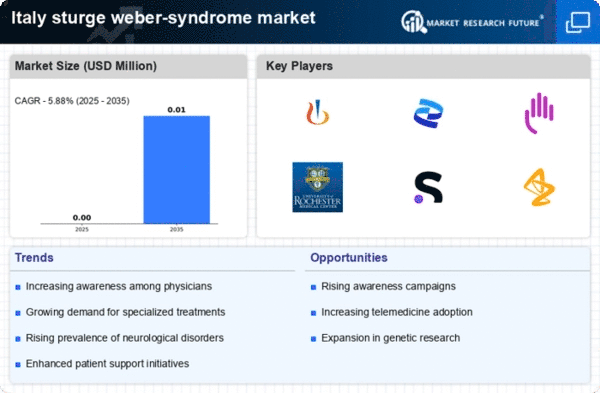
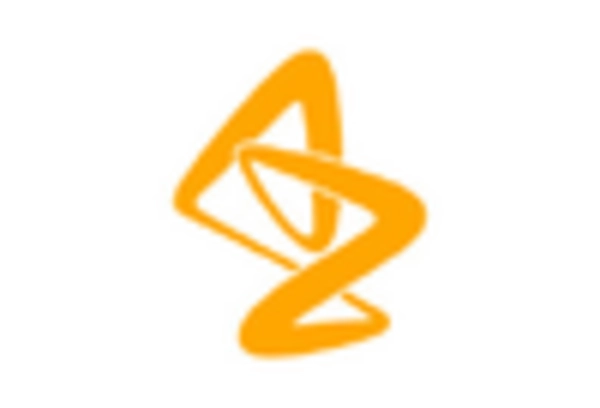


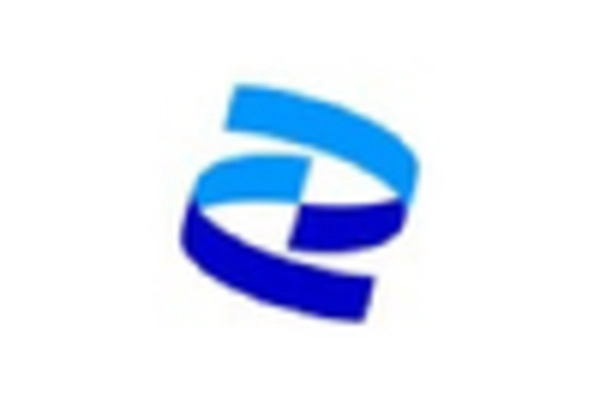
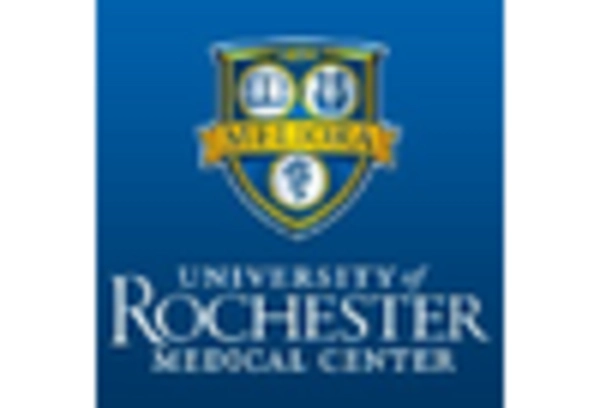
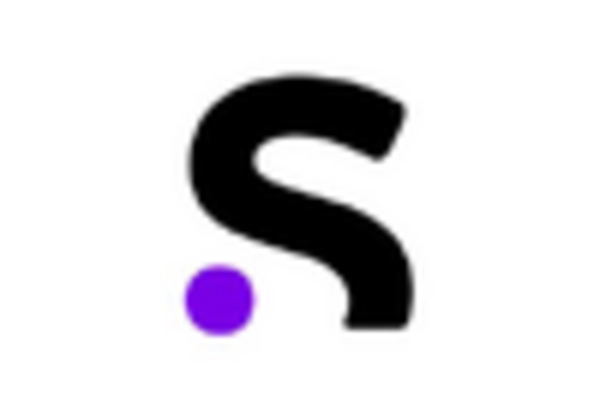








Leave a Comment